Climbing Vine that wont damage brick house
melissa402
16 years ago
Related Stories

REMODELING GUIDESYou Won't Believe What These Homeowners Found in Their Walls
From the banal to the downright bizarre, these uncovered artifacts may get you wondering what may be hidden in your own home
Full Story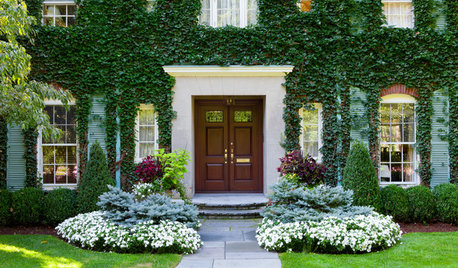
EXTERIORSCare and Training for a Vine-Covered Home
Love the look but don’t want the ruin? Learn how to have vine-draped walls without all the cracks and crumbling
Full Story
LANDSCAPE DESIGNSee 5 Unexpected Ways to Use Vines
Vines can grow over slopes, trail off pergolas and add seasonal color to the garden
Full Story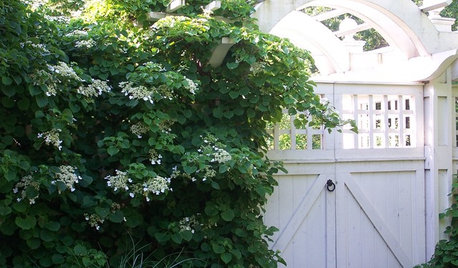
FALL GARDENING6 Deer-Resistant Flowering Vines to Plant This Fall
Have a major deer problem? Here are some of the only vines that have a chance of not being eaten
Full Story
HOUSEKEEPINGProtect Your House From Winter Water Damage
Avoid costly repairs by learning to spot potential problem areas before water damage is done
Full Story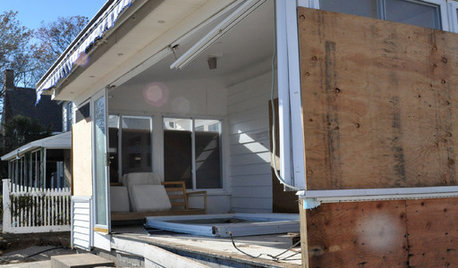
DISASTER PREP & RECOVERY7 Initial Steps for Dealing With Floodwater Damage
How you handle your flooded home and its contents can affect not only the damage level but also your personal safety
Full Story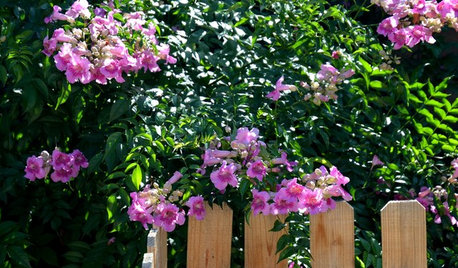
PINK FLOWERSGreat Design Plant: Pink Trumpet Vine Heralds Vibrant Color
Announce your landscape beautification efforts with this flowering vine that perks up hot, dry gardens
Full Story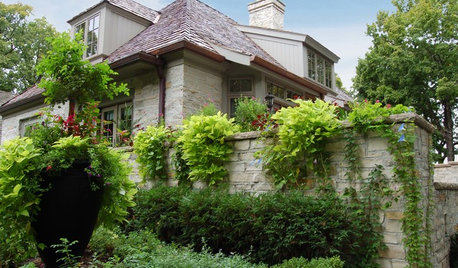
FOLIAGEGreat Design Plant: Ornamental Sweet Potato Vine
Versatile, fast growing, inexpensive and easy on the eyes, ornamental sweet potato vine has it all
Full Story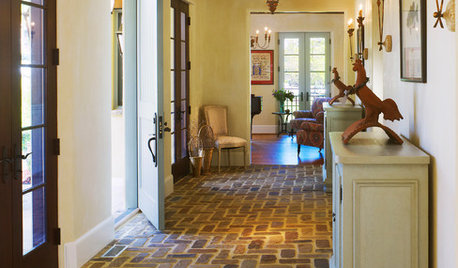
RUSTIC STYLEBrick Floors: Could This Durable Material Work for Your House?
You love the old-world look, but will you like the feel of it underfoot? Learn the pros and cons of interior brick flooring
Full Story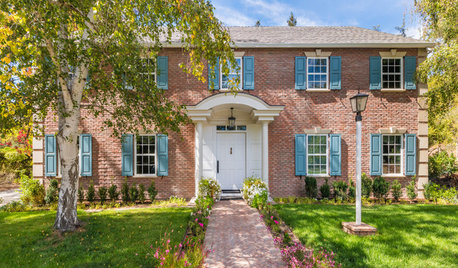
LANDSCAPE DESIGNHow to Make Your Brick House Feel at Home in the Landscape
Use these tips to pull your home’s colors into your garden for a more cohesive exterior look
Full Story







julia
Janice Barrand
Related Professionals
Hershey Landscape Architects & Landscape Designers · Redondo Beach Landscape Architects & Landscape Designers · Severn Landscape Architects & Landscape Designers · Norwood Landscape Contractors · Addison Landscape Contractors · Battle Ground Landscape Contractors · Columbine Landscape Contractors · Dallas Landscape Contractors · Danvers Landscape Contractors · Riverview Landscape Contractors · Seminole Landscape Contractors · Shirley Landscape Contractors · Welby Landscape Contractors · Northlake Landscape Contractors · Norco Stone, Pavers & Concretejc_7a_MiddleTN
Moses, Pittsburgh, W. PA., zone 5/6, USA
jc_7a_MiddleTN